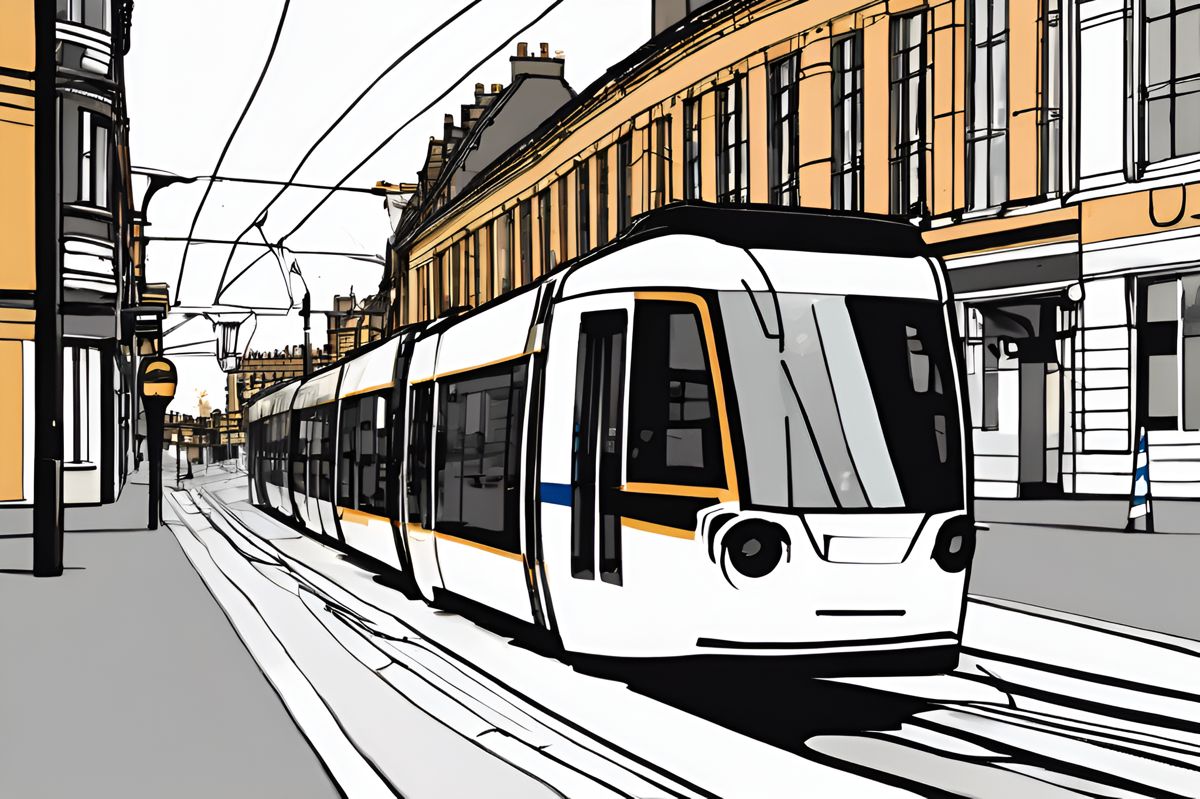Plans for a new West Yorkshire tram system linking Leeds and Bradford have been revealed, featuring the Leeds Line from Harehills to South Leeds and the Bradford Line starting at Forster Square. Construction could start in 2028, with a public consultation planned for summer 2024.
What are the details of the new West Yorkshire tram system connecting Leeds and Bradford?
The new West Yorkshire tram system will feature two main lines: the Leeds Line running from Harehills to South Leeds, and the Bradford Line starting at Forster Square train station. It aims to enhance regional connectivity and economic growth, with construction potentially starting in 2028 and public consultation in summer 2024. The project involves local authorities and includes future expansion plans, such as a potential Dewsbury Line.
A New Era of Transport for West Yorkshire
Transportation has always played a pivotal role in the growth and development of cities. In a major stride forward, West Yorkshire is set to witness a revival of its historic tram systems with a modern twist. The latest announcement reveals plans for a new tram network that intends to seamlessly connect Leeds and Bradford, catalyzing a transportation transformation that could reshape the region’s future.
The inception of this ambitious project is marked by the unveiling of two proposed lines. The first, known as the Leeds Line, promises to span from Harehills to South Leeds, with strategic stops at St James Hospital, the bustling Leeds city centre, Elland Road, and the White Rose Shopping Centre. On the other hand, the Bradford Line is poised to commence at Forster Square train station. It will course through the southern gateway and include a stop at the new Bradford train station, finally integrating into Leeds city centre.
West Yorkshire Mayor Tracy Brabin, alongside other local dignitaries, has expressed great optimism about the project’s potential impact. “This will be transformational for the North, helping our communities to thrive and our economy to flourish – benefitting generations to come with greater opportunity and prosperity,” Brabin articulated. The advocacy for a mass transit system is not unfounded, as such networks have historically spurred regeneration and economic growth in regions that have adopted them.
Laying the Tracks for Progress
The unveiling of these tram lines is not without due diligence and methodical planning. A strategic outline case document completed by the West Yorkshire Combined Authority delineates these proposals with precision. The hope is to initiate construction as early as 2028, subject to a rigorous approval process that includes a full business case and subsequent nods from the Combined Authority and the government.
Residents of West Yorkshire can anticipate a public consultation scheduled for summer 2024, which will serve as a platform for input and refinement of the proposed routes. The collaborative nature of this initiative is further emphasized by Councillor James Lewis, Leader of Leeds City Council: “This is an important step forward in delivering mass transit, but there is still much to do and we are committed to working with the Combined Authority and our partners so this can be achieved for the benefit of people across West Yorkshire.”
Moreover, the vision extends beyond the immediate horizon. Even as the Leeds and Bradford lines take precedence, attention is already turning towards expansion possibilities. Discussions with Kirklees Council about a potential Dewsbury Line are underway. This demonstrates a proactive approach to regional connectivity, reinforced by a £1 million Mass Transit development fund earmarked for these purposes.
A Comprehensive Transportation Tapestry
Indeed, the proposed tram system is a cornerstone of a grander integrated transport scheme. This network is envisioned to complement and enhance existing and improved bus services, rail links, and the infrastructure supporting cycling and walking within the region. Such multimodal connectivity aims to alleviate the longstanding transportation woes of Leeds and the wider West Yorkshire area.
For too long, the absence of a mass transit system has posed a challenge to the region’s growth and competitiveness. With these new plans, however, there is more than just a glimmer of hope. It is a promise of progress, a declaration of ambition, and a commitment to the North’s prosperity. The new tram system could very well be the linchpin that binds the region’s transportation narrative, steering it towards a future marked by accessibility, economic dynamism, and a significantly improved quality of life for its residents.
The public’s anticipation is palpable as the tram system’s arrival heralds a new chapter in West Yorkshire’s storied history. It is an evolution from industrial roots to a modern, interconnected urban landscape. The people of Leeds and Bradford, along with their neighboring towns, stand on the cusp of a transformation that could redefine their daily lives and the destiny of their beloved region.
- The new West Yorkshire tram system will include the Leeds Line from Harehills to South Leeds and the Bradford Line starting at Forster Square train station.
- Construction of the tram system could potentially begin in 2028, with a public consultation scheduled for summer 2024.
- West Yorkshire Mayor Tracy Brabin is optimistic about the impact of the tram system on the region’s economy and connectivity.
- Plans for a potential Dewsbury Line expansion are being discussed with Kirklees Council.
- The tram system is part of a larger integrated transport scheme aimed at improving regional connectivity and accessibility.
